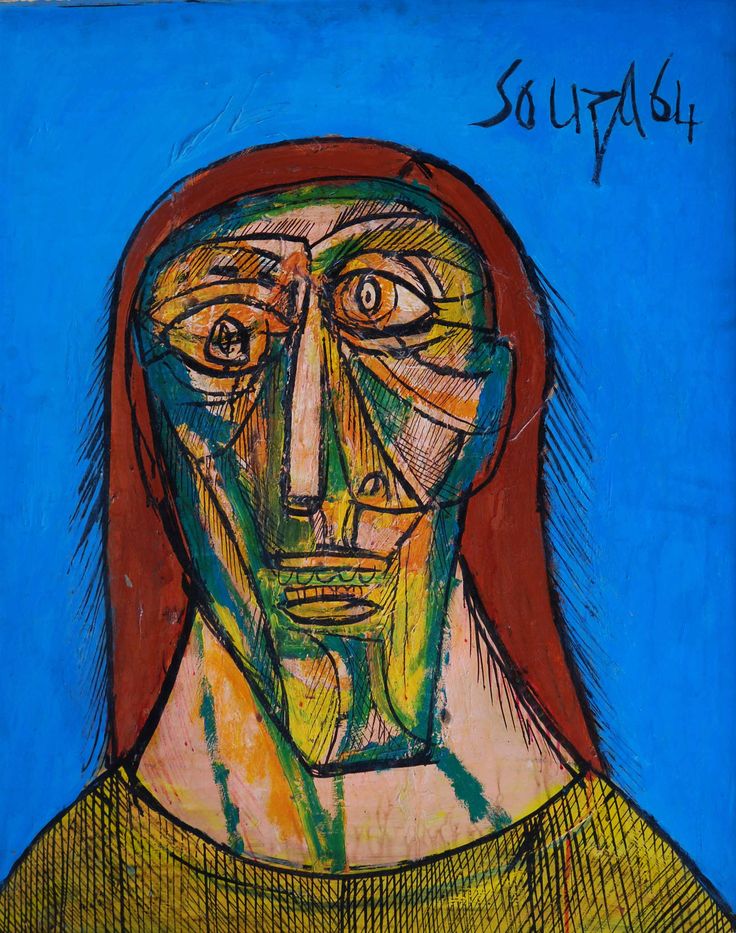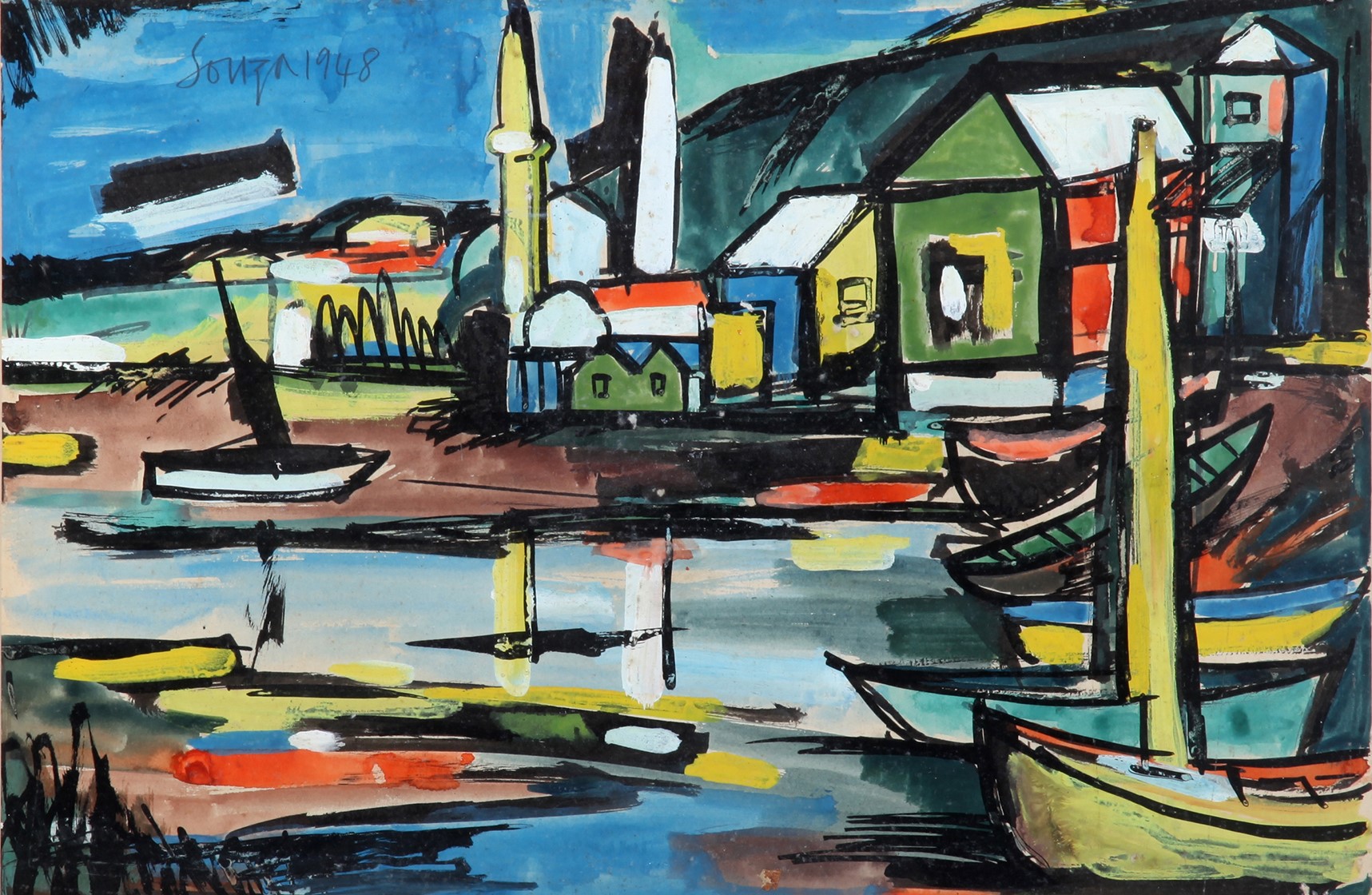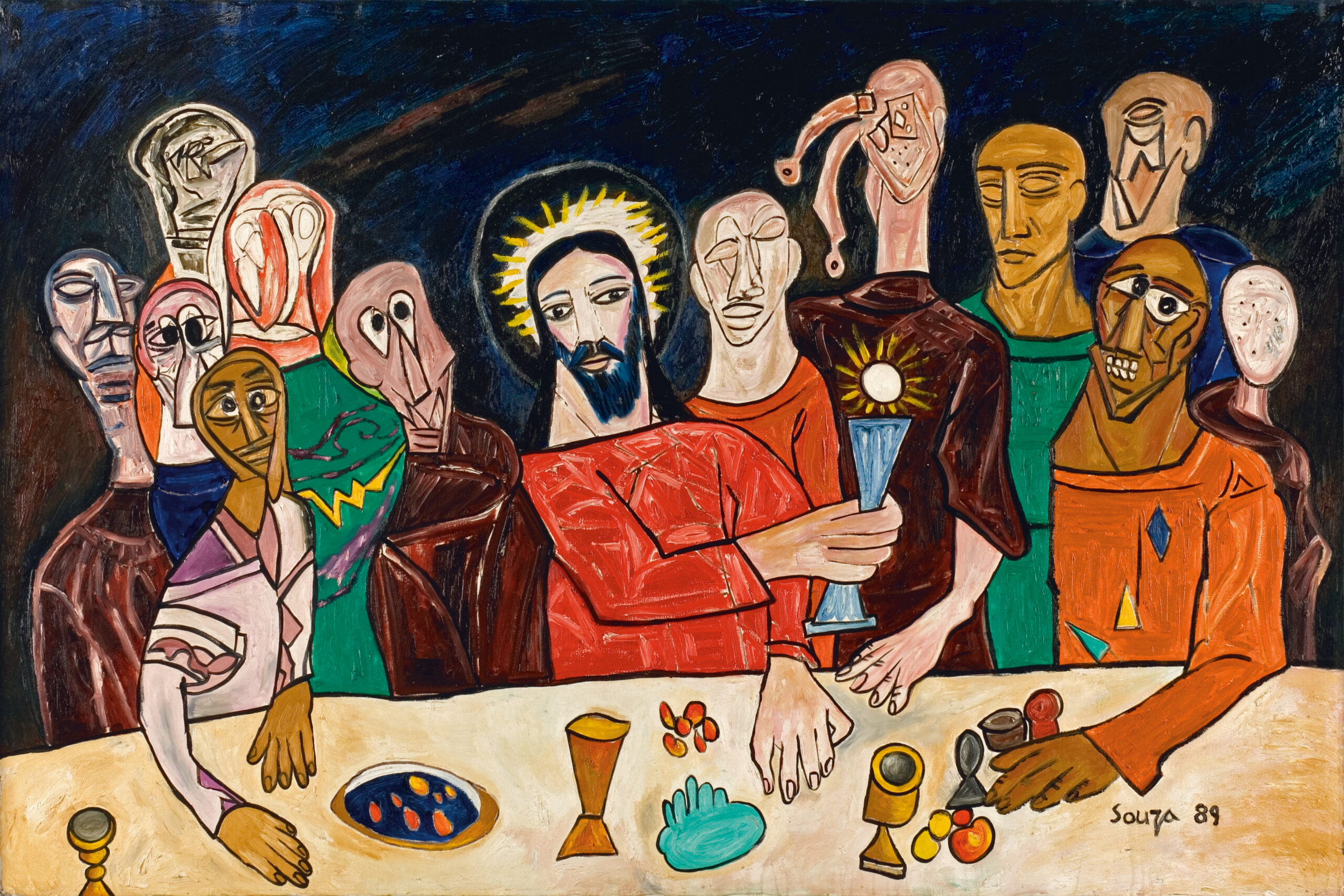“The role of the artist is that of the soldier of the revolution.” – Diego Rivera
Art is a dynamic and transformative force that possesses the remarkable ability to challenge, disrupt, and inspire. One of its most potent attributes is the capacity to subvert the norm, challenging established conventions and societal expectations. Throughout history, artists have harnessed this power, daring to rebel against the status quo and redefine cultural norms, ultimately shaping society itself.
Artists who subvert the norm do so by pushing the boundaries of creativity and imagination. They challenge conventional wisdom, sparking new perspectives and dialogues that lead to societal growth and evolution. This rebellion against established norms is a catalyst for change, inviting us to reconsider our preconceptions and reimagine the world around us. From classical representations to the avant-garde movements of the 20th century, artists have continuously pushed the envelope, challenging the traditional definitions of art. The Impressionists, for instance, subverted the norm by eschewing realistic representation and focusing on the play of light and colour, challenging the rigid academic standards of their time.
Similarly, contemporary artists employ a range of media and techniques to subvert the norm. Street art, for example, challenges the traditional confines of gallery spaces, bringing art to the public sphere. This subversion transforms urban landscapes into canvases for social commentary, provoking passersby to question their surroundings and engage in discourse.
Furthermore, art often serves as a reflection of society itself. It acts as a mirror, holding up a lens to our collective consciousness and prompting us to confront uncomfortable truths. In its rebellion, art becomes a catalyst for social change. By addressing pressing issues such as inequality, injustice, and discrimination, artists can inspire real-world action and progress. In the broader context of society, art plays a pivotal role in shaping cultural norms and values. It functions as a disruptor, challenging complacency and encouraging us to think critically. The medium fosters an environment where the norm is constantly evolving, adapting to the changing needs and perspectives of society.
Svasa Life delves into the world of artistry and explores how Indian artists like Francis Newton Souza, Jamini Roy and Nalini Malani have boldly challenged established norms through their creative expressions. These visionaries have each contributed in their unique ways to subvert conventions which in turn reshape our understanding of art and society. Their works stand as testament to the power of artistic rebellion and innovation.
Francis Newton Souza: 1948 Goan Village Landscape.
Image courtesy of Prinseps.
The Last Supper, 1989.
Image Courtesy of Pundoles.
Francis Newton Souza was born in Saligao, Goa, in 1924 and went on to become one of the foremost names in modern Indian painting. Souza was a founding member of The Progressive Artists’ Group (PAG) in 1947, a group whose existence was fuelled by the want for a new identity for artists in India. PAG established itself as a collective that mirrored the values held by the newly Independent nation such as secularism, plurality and expression. Souza’s paintings provide stark portrayals through the usage of expressionist brush strokes, thick application of colour and immense evocative sensuality. This became one of the reasons why he was wildly misunderstood during his early years as an artist in India. Recurring themes and motifs consisted of Catholicism and female nudes which were drawn from an array of inspirations, ranging from the temple sculptures of Khajuraho to the European art movements of Cubism and Expressionism. Furthermore, his upbringing in a Portuguese Catholic colony in Goa created a significant foundation for his artistic leanings. Over here he discovered religious iconography which over the years would dictate the subjects he wished to paint about. An innate zeal for images of the sacred and sinful and the dichotomous nature of the boundary between both were repeatedly seen in his works. A deep sense of unadulterated expression and thought helmed Souza’s artistic direction. An amalgamation of both created thought-provoking paintings which gained a lot of power as they depicted scenarios and dilemmas that weren’t conventionally accepted/discussed.
Another artist who provided insight into the intricacies of life was Jamini Roy. Jamini Roy initially pursued a career as a commissioned portrait painter but had reservations about the role. In 1925, while near Calcutta’s Kalighat temple, he found his artistic calling. Inspired by Kalighat paintings, he transitioned to this folk art form, aiming to simplify depictions of everyday life, democratise his art, and reinvigorate Indian artistry. By the 1930s, he mastered the Kalighat style, and in 1938, his works became the first Indian paintings displayed on British-ruled Calcutta streets. His vision came to fruition in the 1940s when his paintings resonated with the Indian middle class and even Europeans. He abandoned traditional canvas for materials like cloth and wood, using natural dyes over European pigments. His bold style incorporated sweeping brushstrokes and a limited colour palette of seven earthy colours, which enhanced his unique spin on the traditional Kalighat style.
The geographical setting in which an artist resides can profoundly influence their work, shaping themes, styles, and inspirations drawn from their surroundings. For Nalini Malani, who was born in Karachi and later settled in Mumbai, the contrasting urban landscapes and cultural amalgamation between India and Pakistan have played a significant role in influencing her multimedia art, fostering a unique blend of diverse narratives and identities within her work. Nalini Malani’s art is intricately interwoven with her keen observations of societal struggles, socio-political shifts, and the human condition. Graduating from Bombay’s Sir J. J. School of Art in 1969 marked the inception of her artistic journey, notable for her early exploration of innovative media. Concurrent with her graduation, she embarked on the creation of a series of captivating colour stop-motion films titled “Dream Houses.” Subsequently, in the 1970s, her studies at the École Nationale Supérieure des Beaux Arts in Paris provided her with a fresh vantage point to contemplate her homeland. The 1980s marked a pivotal moment in her artistic development as she honed her skills in reverse painting under the tutelage of the esteemed artist Bhupen Khakhar. This tutelage proved instrumental in her ability to imbue her figurative works with a compelling sense of character. Her artistic repertoire further expanded when she undertook illustrative work for The Times of India, delving deep into the rich tapestry of Indian mythology. It is evident that her “Stories Retold” series draws from the reservoir of experiences she garnered during her tenure as an illustrator for the publication.
The power of art to subvert the norm is a testament to its enduring relevance and impact. Artists, through their creative expression and rebellion against established conventions, reshape our understanding of culture, society, and the human experience. In doing so, they inspire us to question the status quo, embrace diversity, and envision a world where innovation and progress thrive.
Words by Anithya Balachandran.








